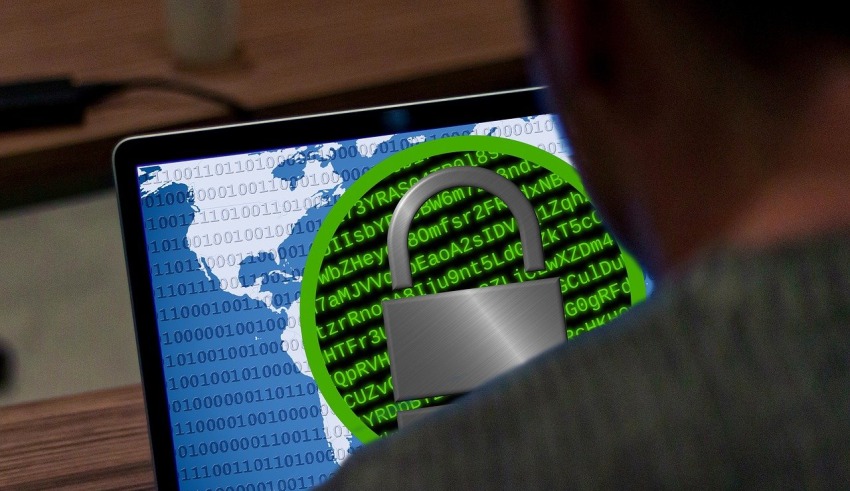
With today’s innovative malware, your data is more vulnerable than ever before. Your one misclick may trigger a chain of events that would conclude with your data being taken out in an encrypted state by the attackers. And to recover that you would have to pay a ransom to them.
This type of malware is known as Ransomware which is one of the worst cyber threats. It has victimized 68.5 % of businesses worldwide in 2021. You might think that its main targets are large firms. However, individuals and small businesses, neither are exempt from danger. Moreover, they attack all the industries, with manufacturing, financial services, and transportation being the top victims.
Ransomware can’t really be prevented. But here are some guidelines about how to protect against ransomware to mitigate the risk.
Understanding the Ransomware
Ransomware is malware through which attackers can conceal your data by turning it into code. For decoding that you would require a key for which attackers ask you for a ransom. If you refuse to pay, you will lose access to your data and they might publicize your data. Besides, now the cyberattackers might ask you to pay ransom in cryptocurrency to avoid being traced.
One of the biggest sources through which ransomware can enter your computer is spam emails carrying malicious links. If you click on that link your computer will become infected with ransomware. Also, if there is a system of devices, it can easily enter from one to another, gaining access to all the data.
Another medium through which ransomware can gain access to your data is unsafe wifi networks. Moreover, using USBs, clicking any suspicious links, downloading unknown files, and not using secure VPNs make you more vulnerable to ransomware.
How to Protect Against Ransomware?
Though there is no foolproof way of preventing ransomware, you can take a few precautionary measures to reduce the threat. Here are the best practices about how to protect against ransomware:
Use ransomware protection tools
It is the most crucial precautionary measure for the protection against ransomware. Using the specifically developed protection tools will ensure the safety of your data. If you fall victim to ransomware, these tools will be handy in decrypting your data. Some of the best ransomware protection tools use advanced behavioral-based approaches to detect ransomware attacks.
Use a VPN
Using a virtual private network (VPN) is a must to avoid ransomware attacks. It provides you with a safe channel for the flow of data from the internet. Also, it hides your IP address and keeps your data encrypted. By using a VPN, you can ensure your protection from ransomware attacks.
Implement a data recovery and backup plan
It is also essential to have a proper data recovery and a backup plan in order for ransomware protection. Ensure that you backup your system, programs, and all the files regularly and recheck if there are any irregularities. For manual backups, you can use external devices. Moreover, there are several tools that you can use to perform the backup.
Keep your software up-to-date
Make sure that your entire system is up-to-date. Since the software which uses outdated versions are more vulnerable and are the easiest target for cyberattackers, you should keep your system and software updated.
Avoid downloading from unfamiliar sources
While downloading a file from an unfamiliar source you are always at the risk of cyberattacks. If you download such a file it might block you from accessing your data and will encrypt it. Therefore, it is needless to say that you should avoid downloading any type of files from unknown sources as they might carry ransomware.
Open spam emails with caution
Ransomware attackers use spam emails as the primary source for infecting computers. They send spam ads to your inboxes that carry malicious links or attachments. If you open those accidentally you will be trapped in ransomware. Therefore, you should open spam emails with caution.
Avoid clicking suspicious links
The internet is full of such malicious links. If you visit a site where you are bombarded with bizarre ad pop-ups, you should immediately leave that site. Because those pop-ups can transmit ransomware to your electronic devices. Therefore, it is better to avoid suspicious links.
Why is Ransomware the Worst Cyberthreat?
There are a number of viruses and worms that pose a cyber threat to our computers. However, recently ransomware has become a more serious threat. This is because you lose access to your data permanently.
Ransomware can cripple businesses from any industry. It does not only cost you money but you will be robbed of your data entirely. Besides, not only businesses but individuals are also under the threat of ransomware.
One of the reasons it is becoming a greater cyber threat is that the attackers ask for ransom in cryptocurrency. In 2019, around 98% of the ransom was paid in Bitcoins so that it cannot be traced. Moreover, even if you pay the ransomware attackers, you might still lose your data. A report suggests that about 92% of victims lost their data even after paying the attackers.
Therefore, your only resort against ransomware attacks is a precaution. This makes it the worst and most serious cyber threat.
Final Thoughts
Ransomware is the most serious cyber threat that allows hackers to cease and encrypt your data. They then demand a ransom for its decryption, and even after paying that, you would still be at the risk of losing your data. Only precautionary measures can prevent ransomware attacks.
The best prevention from ransomware is keeping a backup for your data, using updated systems and software, and using the ransomware protection tools. Moreover, if you want to avoid ransomware attacks, you should refrain from visiting and downloading files from suspicious links, and you should open your spam emails with caution. Also, always use a VPN for secure access to the internet.